
Privacy statement: Your privacy is very important to Us. Our company promises not to disclose your personal information to any external company with out your explicit permission.
WL1600D / WL1800D / WL2000D / WL2200D / WL2400D / WL2500D-Heavey duty lathe
WM630E/WM800E/WM850E/WM1000E/WM1200E HEAVY DUTY LATHE MACHINE
WL1280T/WL1480T/WL1680T/WL1980T/WL2080T HEAVY DUTY LATHE MACHINE
WL1260S/WL1460S/WL1660S/WL1860S/WL2060S HEAVY DUTY LATHE MACHINE
WL1600D/WL1800D/WL2000D/WL2200D/WL2400D/WL2500D HEAVY DUTY LATHE MACHINE
Cylinderical Grinding Machines
M1332BX1000/1500/2000/3000/MC1332X2000/3000 Cylinderical Grinding Machine
M1350X1500/M1350X2000/M1350X3000/M1350X4000 Cylinderical Grinding Machine
M1363X2000/M1363X3000/M1363X4000/M1363X5000 Cylinderical Grinding Machine
M1380X3000/M1380X4000/M1380X5000 Cylinderical Grinding Machine
M1432BX1000/M1432BX1500/M1432BX2000/M1432BX3000 Cylinderical Grinding Machine
M1463X2000/M1463X3000/M1463x4000/M1463x5000 Cylinderical Grinding Machine
SBR305/ SBR610/ SBR760/ SBR1016/ SBR1067/ SBR1320- 3 in 1-COMBINATION SHEAR
SBR200 / SBR305 / SBR610 / SBR760 3-1N-1 Combination of Shear Brake & Roll Machine
SBR1016/SBR1067/SBR1320/SBR1067A/SBR1320A Combination of Shear Brake & Roll Machine
HB1020/HB1250/HB2020/HB2500/HB3000 Hand Brakes Folding Machine
W1.0X305/W1.0X610/W1.0X915/W1.2X1220 Hand Brakes Folding Machine
W1.0X305A/W1.0X610A/W1.0X915A/W1.2X1220A Pan & Box Brake Machine
W2.5X1220A/W2.0X2040A/W2.5X2040A/W2.0X2540A/W2.5X2540A/W2.0X3050A Heavy Duty Pan & Box Brake Machine
Our clients often ask, "What's the deal with turning and milling? It all sounds like machining to me." Let's delve into the world of CNC turning and milling, unraveling the intricacies of precision machining for a clearer picture.
Turning involves the workpiece rotating against a cutting tool, typically using round bar stock for crafting components.
Milling, on the flip side, sets the cutting tool spinning against a stationary workpiece. Here, the focus shifts to square or rectangular bar stock, shaping components with precision.
Breaking it Down: In the art of precision machining, turning relies on the smooth rotation of the workpiece, ideal for crafting components from round bar stock. Meanwhile, milling takes center stage, with the cutting tool's dynamic spin showcasing its prowess in working with square or rectangular bar stock to create intricate components.
Why It Matters: Understanding this distinction is vital; it guides the approach to crafting precision components. Whether it's the graceful rotation of turning or the dynamic spin of milling, each technique brings its unique strengths to the forefront.
In the realm of precision machining, differentiating between turning and milling holds the key to tailored solutions, shaping components with finesse. Welcome to the world where every rotation and spin crafts a path to machining excellence.
Delving into the world of subtractive manufacturing, turning and milling emerge as siblings, sharing common ground yet displaying distinct traits. Let's explore their parallels and uncover the nuances that set them apart.
Common Ground: Both turning and milling adopt a controlled process, falling under the umbrella of subtractive manufacturing. As they work their magic, chips of waste material are crafted, sculpting the final product from the stock material.
Technological Harmony: In the realm of modernity, Computer Numerical Control (CNC) technology takes the lead for both turning and milling. Engineers harness the power of Computer-Aided Design (CAD) software to program these machines. This not only reduces the need for constant supervision but also minimizes the risk of human error, paving the way for swift and reliable manufacturing with consistent quality.
Material Symphony: Metals like aluminum, steel, brass, copper, and titanium dance harmoniously with both turning and milling. Additionally, a range of thermoplastics finds compatibility with these processes. However, materials like rubber and silicone prove too soft, while ceramics, with their unyielding hardness, stand as unsuitable companions.
Heat Generation and Cooling Solutions: As with many subtractive manufacturing techniques, turning and milling generate heat during their intricate dance. To counter this, cutting fluid often joins the stage, playing a crucial role in cooling the tools and ensuring a seamless performance.
In the grand orchestra of subtractive manufacturing, turning and milling share a stage, showcasing similarities that highlight their efficiency and precision. Yet, as we navigate their intricacies, the subtle differences come to light, shaping the unique symphony each process contributes to the world of manufacturing excellence.
In the realm of CNC turning, precision takes center stage. Imagine a machine where a chuck securely grasps round bar stock, setting it into a rhythmic spin. The spindle orchestrates this dance, rotating the bar stock at a predetermined RPM as it traverses the machine.
Here, a stationary cutting tool plays the protagonist, continuously engaging with the turning bar stock, delicately shaving away excess material. Multiple cutting tools, like skilled performers, maneuver in and around the bar stock, crafting the intricate features required for the component.
Diverse CNC Lathes grace the machining arena, boasting an array of tooling options, spindle variations, and outer diameter constraints. While round shapes are CNC lathe's forte, some have the finesse to transform hexagon-shaped bar stock.
Picture this: in some CNC turning centers, a single spindle handles all tasks from one side, while Others flaunt a main and sub-spindle duo. This dynamic duo enables partial machining on the main spindle, a graceful transition to the sub-spindle, and the addition of features to the opposite end—all without the need for extra equipment.
Enter CNC Swiss turning machines, the maestros with "live" tooling capabilities. They can pause the rotation to introduce additional elements like drilled holes, slots, and petite milled features, expanding the repertoire of shapes, sizes, and materials.
Turned parts, the agile sprinters of production, often outpace milled counterparts in speed and efficiency. Compact in nature, they emerge as the swift and nimble artisans of CNC machining, proving that sometimes, less is more.
October 29, 2024
October 28, 2024
Email to this supplier
October 29, 2024
October 28, 2024
Copyright © 2025 Weiss Machinery All rights reserved. Privacy Policy


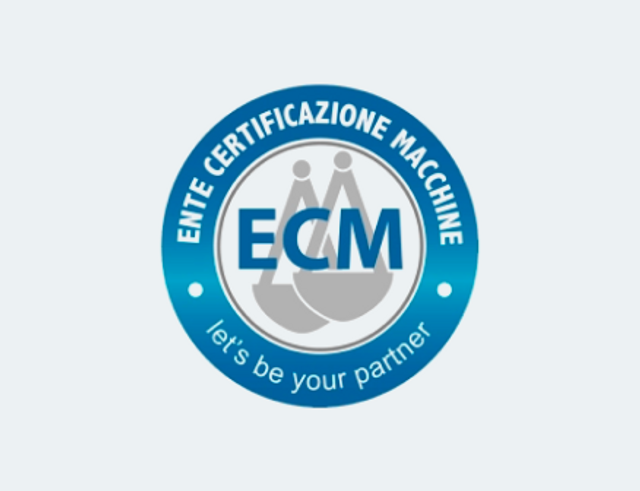



Explore our Extensive Range of Precision Metalworking Machine Tools. Discover the Power of Precision and Innovation in Metal and Material Processing with Weiss
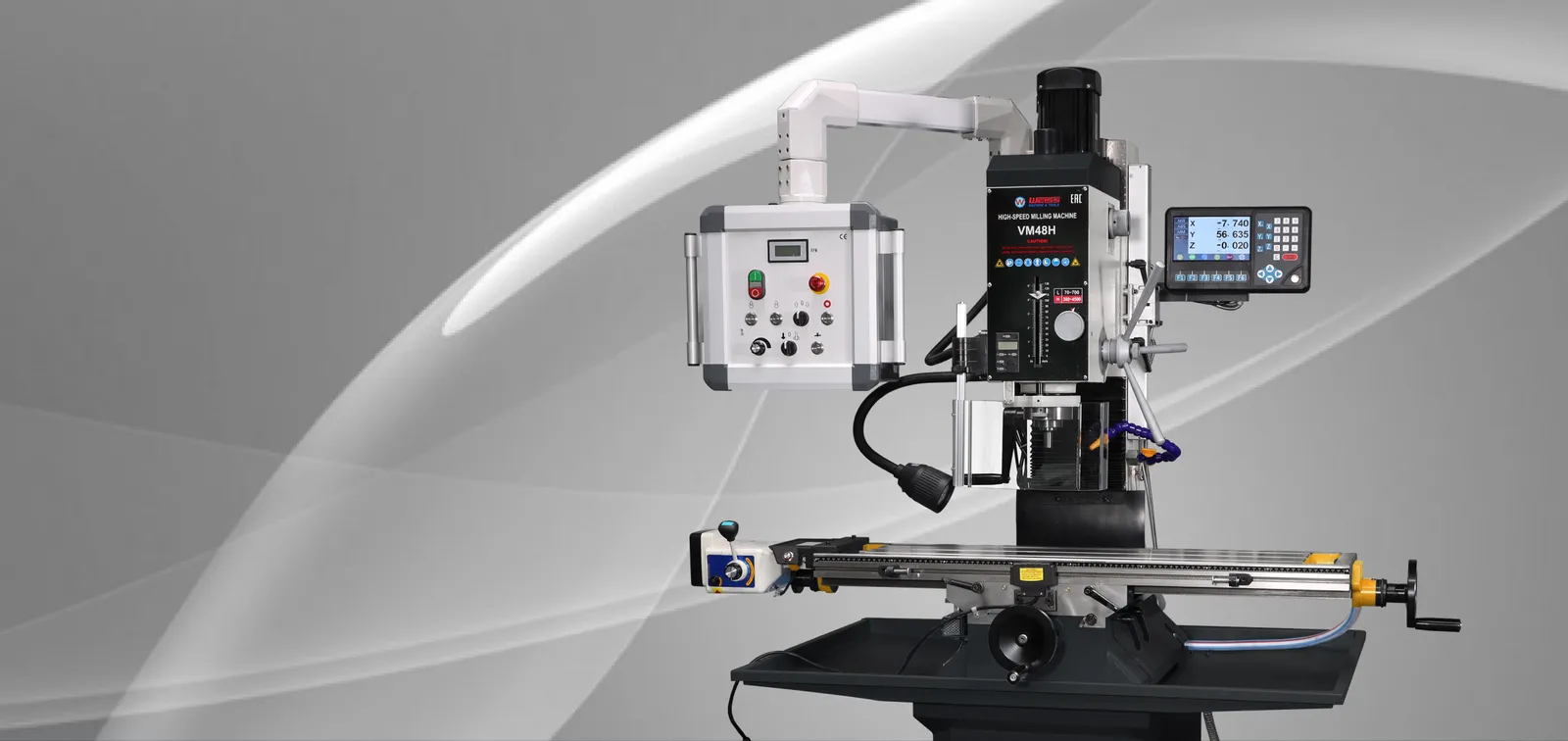
Heavy, stable and solid column,
made of high-quality gray cast iron, with ground and scraped dovetail guide,
for high stability and precision
View More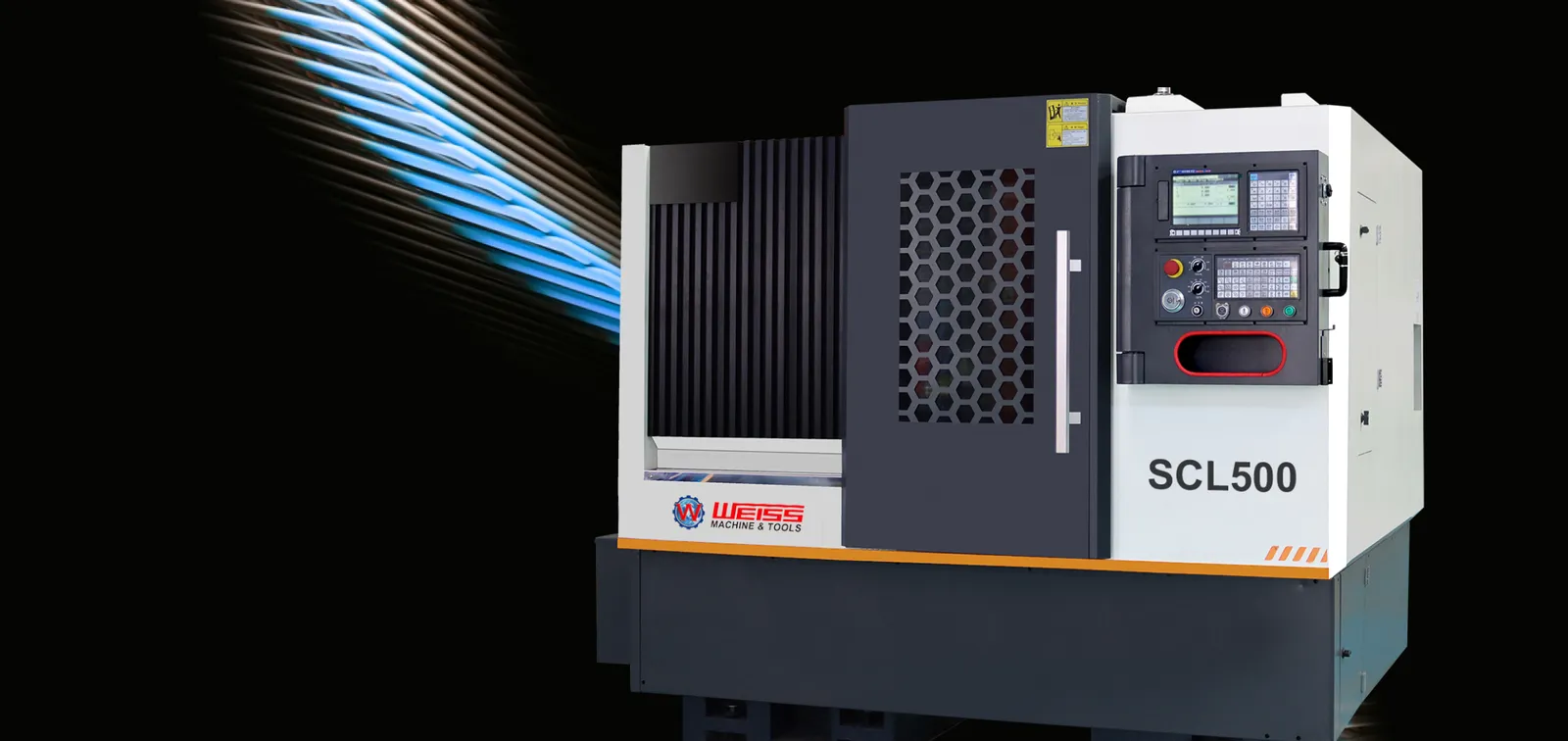
Slant bed and linear guide way CNC lathe.
High speed, High precision, High reliability
View More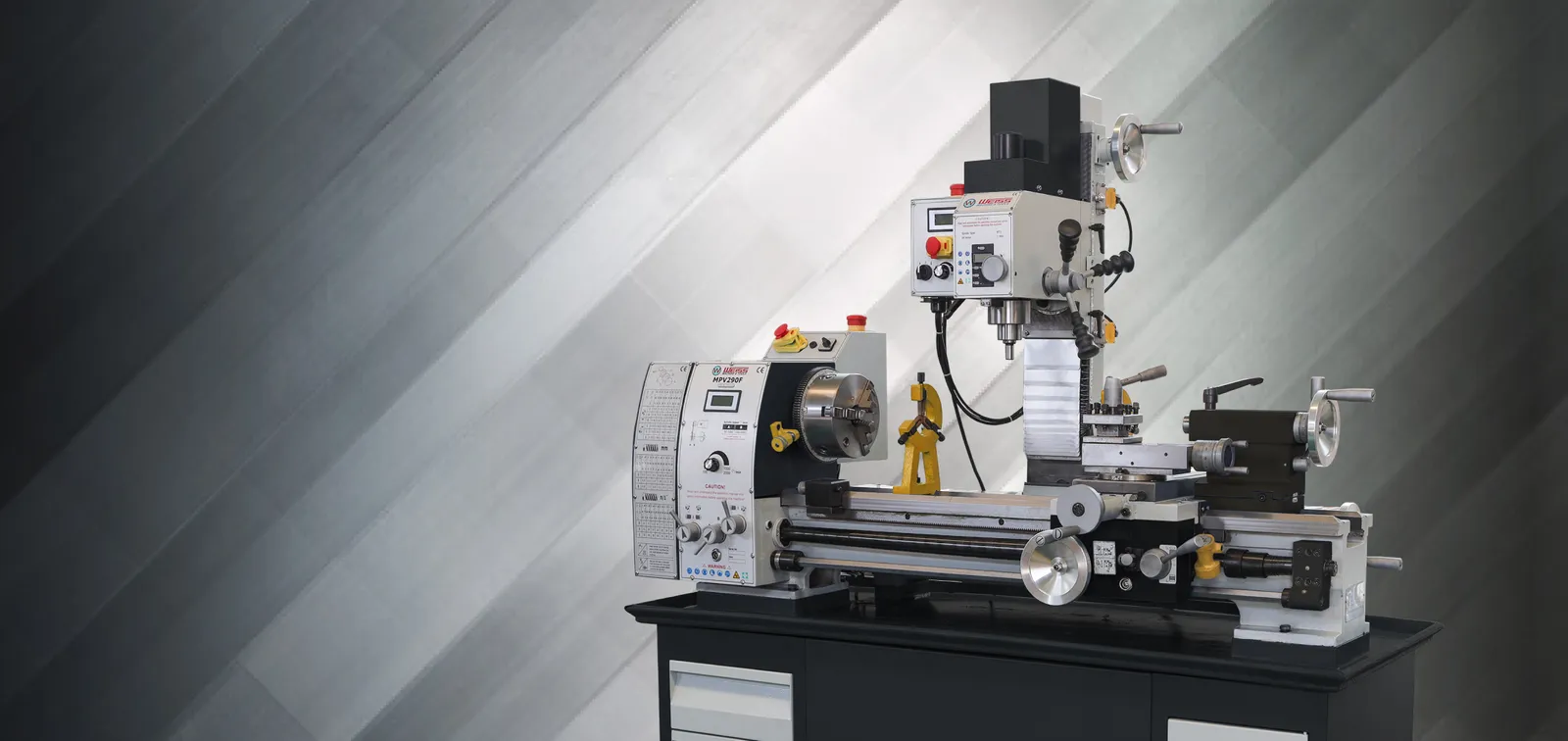
Prouduct quality and reliability Competitive pricing
Product innovatio and cariety
View MoreWEISS MACHINERY CO., LTD. to be your trusted partner for metalworking machine tools. We have a wide range of milling machines , tapping machines, and accessories that meet the highest standards of quality, performance, and reliability. Our machines have brushless motors that ensure low maintenance and high efficiency. We also offer online sales, international delivery, secure payment, professional advice, and 20 years of experience. Weiss, make it easy!
View MoreCompany Establishment
Countries&Regions with Product Sales
Factory Area
Product Varieties

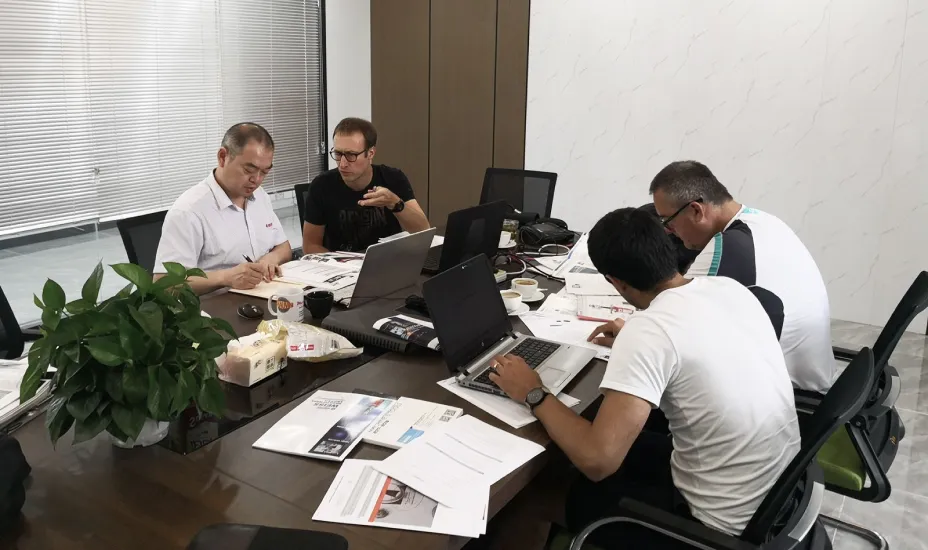
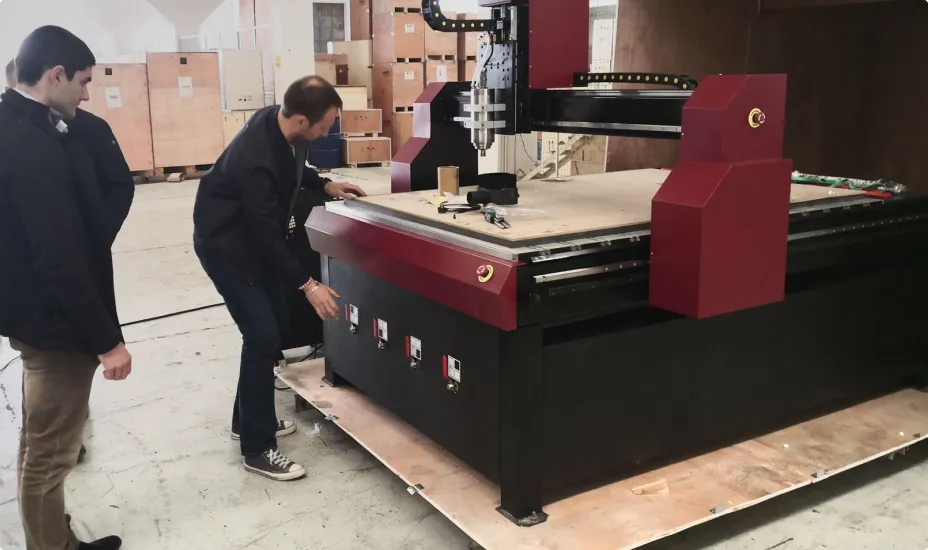
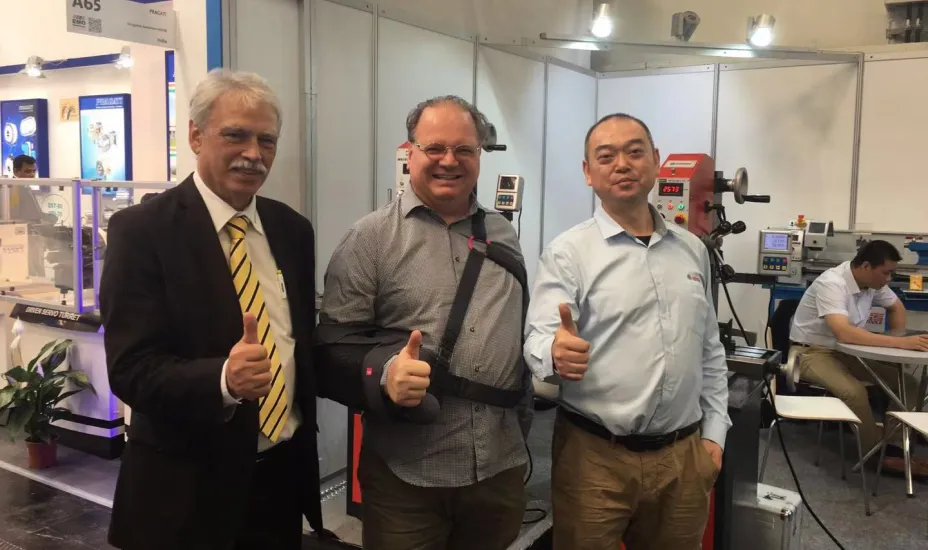
We have been extremely impressed with the quality and performance of the electronic milling machine we purchased from your company. It has greatly enhanced our production capabilities and consistently delivers exceptional results.
MA***N
Your Trusted Partner for Comprehensive Machine Tool Solutions.

Privacy statement: Your privacy is very important to Us. Our company promises not to disclose your personal information to any external company with out your explicit permission.

Fill in more information so that we can get in touch with you faster
Privacy statement: Your privacy is very important to Us. Our company promises not to disclose your personal information to any external company with out your explicit permission.

